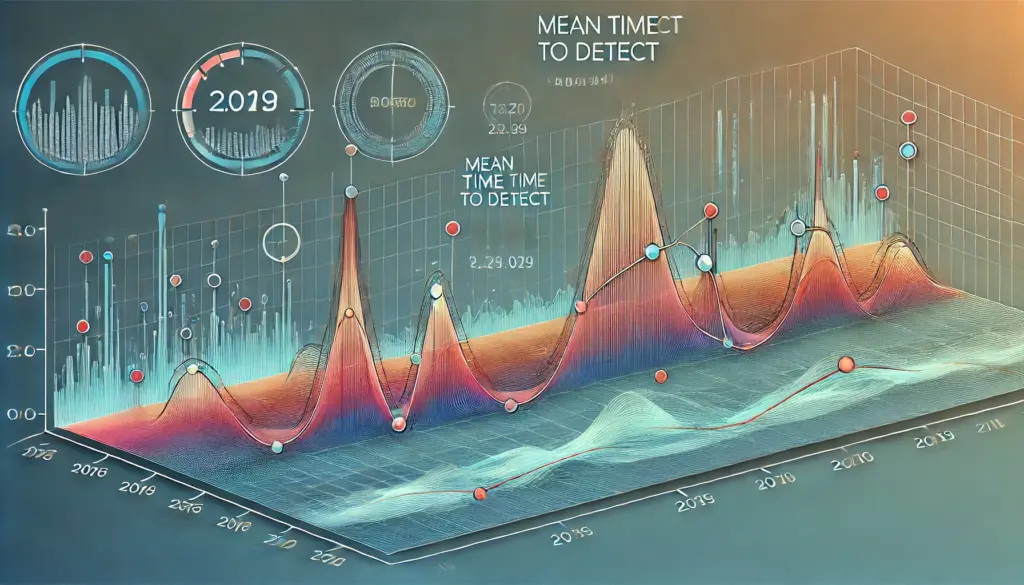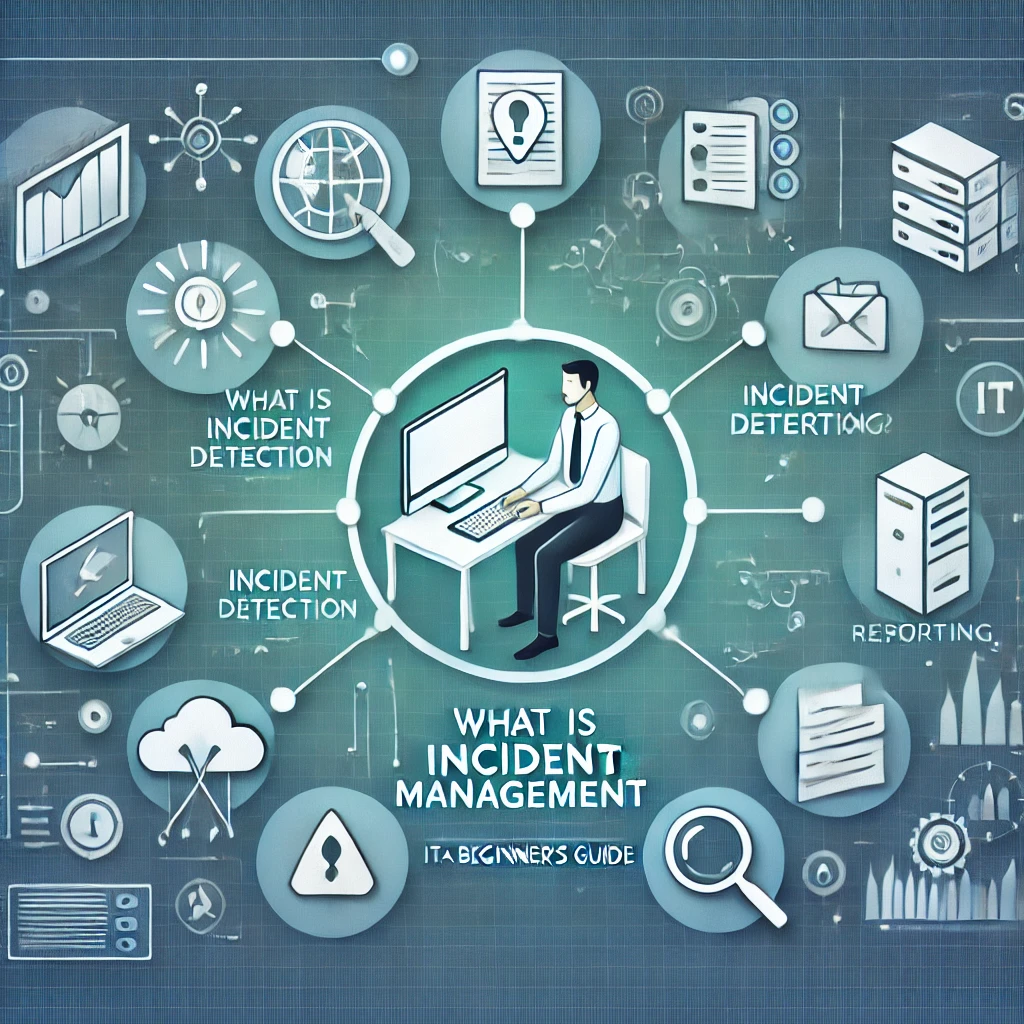Key Metrics and KPIs for Measuring Incident Management Success
Introduction
Measuring Incident Management Success: Measuring the effectiveness of incident management is essential for improving IT operations and reducing downtime. Key performance indicators (KPIs) provide valuable insights into response times, resolution efficiency, and overall service reliability. In this blog, we will explore the most important incident management metrics and how they help in optimizing processes.
1. Mean Time to Detect (MTTD)
What It Measures:
MTTD measures the average time taken to detect an incident after it occurs.

Why It Matters:
- Helps identify gaps in monitoring and alerting systems.
- Shorter MTTD means faster issue detection, minimizing impact.
2. Mean Time to Acknowledge (MTTA)
What It Measures:
MTTA tracks the time taken to acknowledge an incident after detection.
Why It Matters:
- Reflects team responsiveness.
- Reducing MTTA ensures quick escalation and resolution.
3. Mean Time to Resolve (MTTR)
What It Measures:
MTTR calculates the average time required to resolve an incident from the moment it is reported.
Why It Matters:
- Lower MTTR indicates effective troubleshooting.
- Helps track efficiency of incident response teams.
4. First Call Resolution (FCR) Rate
What It Measures:
The percentage of incidents resolved on the first attempt without escalation.

Why It Matters:
- Higher FCR leads to better user satisfaction.
- Reduces workload for second-level support teams.
5. Incident Reopen Rate
What It Measures:
The percentage of incidents that were marked as resolved but later reopened due to recurring issues.

Why It Matters:
- Helps identify quality of initial fixes.
- High reopen rates indicate need for better root cause analysis.
6. SLA Compliance Rate
What It Measures:
Tracks the percentage of incidents resolved within agreed service level agreements (SLAs).
Why It Matters:
- Ensures commitment to service standards.
- Non-compliance may result in financial penalties or reputational damage.
7. Customer Satisfaction (CSAT) Score
What It Measures:
CSAT measures user satisfaction based on feedback collected after an incident resolution.
Why It Matters:
- Reflects service quality from the end-user perspective.
- Helps identify areas for improvement in incident response.
Conclusion
Tracking and optimizing these key incident management metrics helps organizations improve response times, minimize service disruptions, and enhance overall IT efficiency. By continuously analyzing these KPIs, teams can drive continuous improvement and deliver better service reliability.
Learn More:
Common Challenges in Incident Management
Essential Technical Skills for Aspiring Incident Managers
Understanding the ITIL Framework for Incident Management
Key Roles and Responsibilities in Incident Management




